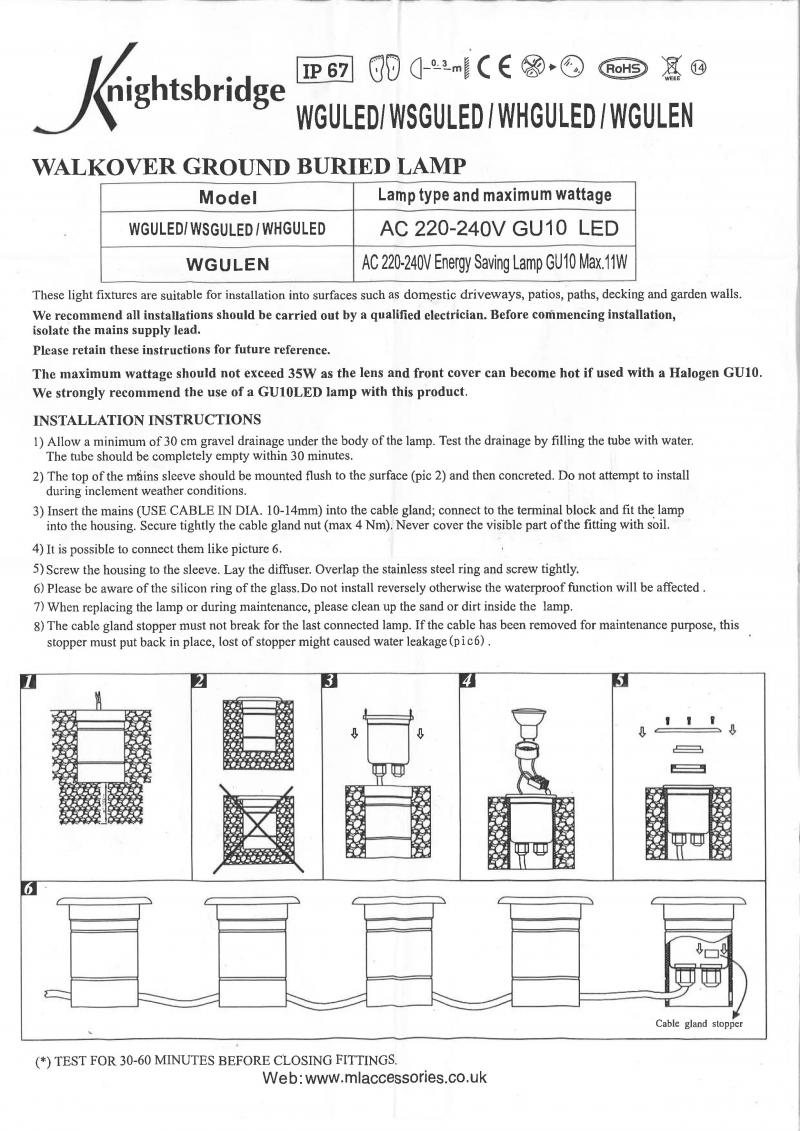Hello peeps, need some help with my driveway lighting. Got the boys in now to build up my walls and soon they will be laying the type 1. So need a quick answer regarding external lighting please.
I am looking to put around 7 walkover lights around the perimeter (area where car will not traverse) and maybe 2 wall lights. The intension is to run a radial type circuit straight to the consumer unit via a switch mounted outside of the understair cupboard.
Questions
1. What size cabling will i need? i am thinking 1.5mm2 as it is only lighting with relatively small load.
2. Will the cable be 3 or 4 core?
3. Is radial the best circuit?
thanks,
kev
I am looking to put around 7 walkover lights around the perimeter (area where car will not traverse) and maybe 2 wall lights. The intension is to run a radial type circuit straight to the consumer unit via a switch mounted outside of the understair cupboard.
Questions
1. What size cabling will i need? i am thinking 1.5mm2 as it is only lighting with relatively small load.
2. Will the cable be 3 or 4 core?
3. Is radial the best circuit?
thanks,
kev


